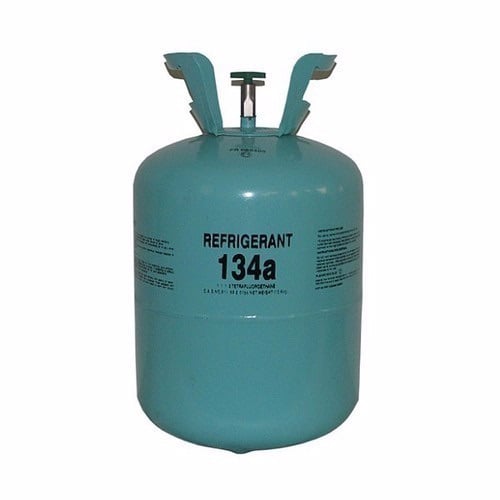News

Why have R134a Refrigerant Prices Risen?
This is mainly due to the phasing out of HFCs (hydrofluorocarbons) by the EU. HFC refrigerant is the air con gas used in most cars today. The EU are clamping down in Chinese imports of refrigerant and at the same time reducing availability of HFCs in a phased approach until 2030 when there will be no more available. The aim is of course to reduce the impact of greenhouse gas emissions, of which HFCs are a contributor.
Last year, 2017, saw an 11% reduction in availability of HFC refrigerants. But from 2018 to 2020 there will be a 37% decrease in availability, which is in turn forcing the price up for that particular refrigerant and therefore the cost of car air con services, including recharging. There will be further reductions from 2020 of another 50%. Many business have had to increase their prices including us.
So prices for an air con recharge will potentially keep rising unless supply is relaxed by the EU. Currently there are high level complaints in Germany and Italy about ‘unjustified’ price rises so the situation may change in the coming months, especially as the consumer is the one that ultimately pays the price.
On the other hand, almost all new cars no longer use the R134a HFC refrigerant, instead using R1234yf which is not subject to this issue and is widely available. Many modern vehicles use the R1234yf refrigerant which is currently still more expensive than R134a but will reduce in price when demand and vehicle quantities increase in the future. A recharge on R1234yf costs considerably more than for a R134a system at the present moment. This will however reduce as R134a is phased out.